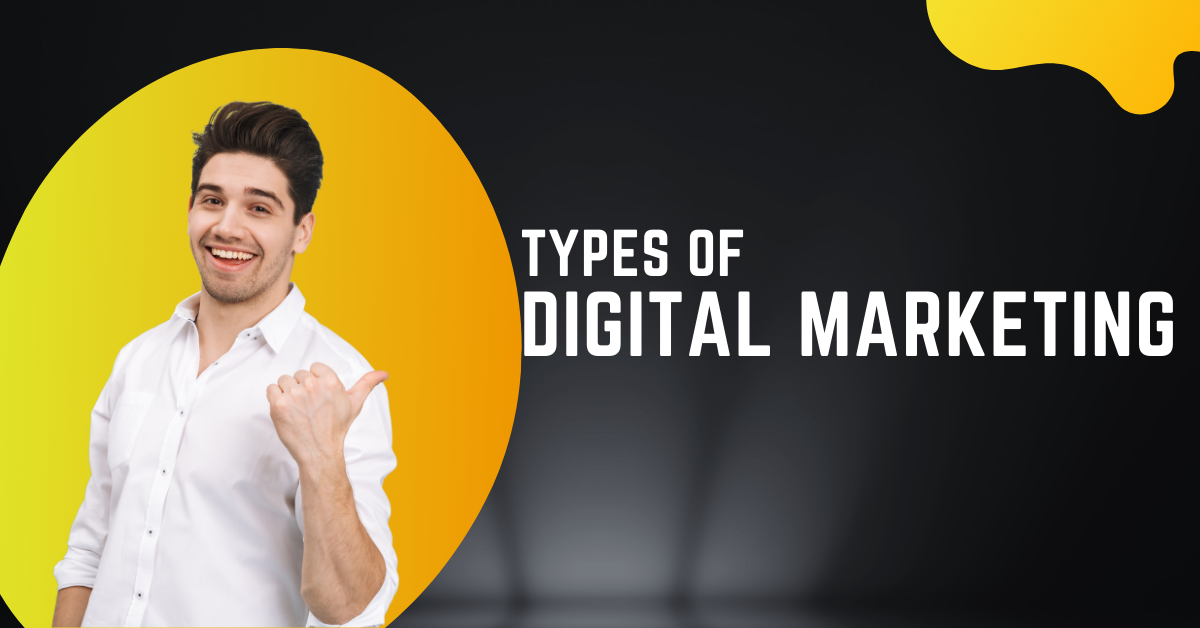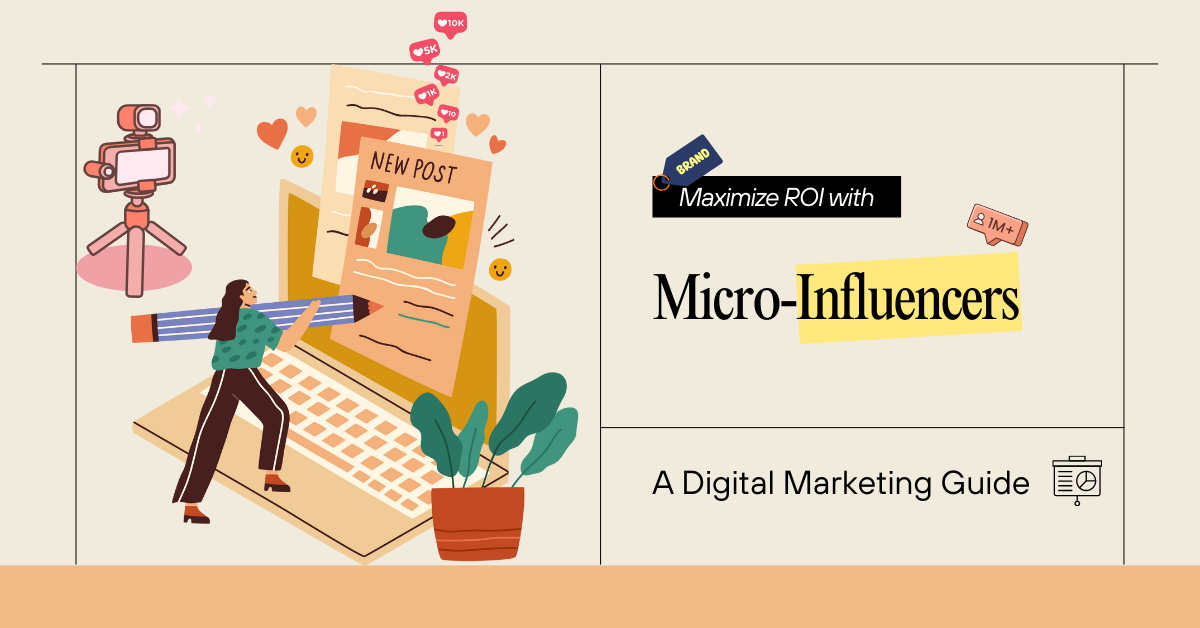The Era of Hyper-Personalization: How AI and Predictive Analytics Are Redefining Digital Marketing in 2025
In 2025, digital marketing has entered a new era—one where personalization is no longer a luxury but a necessity. Customers today expect brands to understand their needs, preferences, and behaviors on a deeply personal level. Enter hyper-personalization, the next evolution of customer engagement, powered by artificial intelligence (AI) and predictive analytics. This blog explores how these technologies are reshaping the marketing landscape and what you need to do to stay ahead.
What is Hyper-Personalization in 2025?
Hyper-personalization goes beyond traditional personalization by leveraging real-time data, AI, and predictive analytics to deliver highly relevant and timely experiences. It’s not just about addressing customers by their first name or recommending products based on past purchases. Instead, it’s about anticipating their needs before they even realize them.
For example, imagine a fitness app that not only tracks your workouts but also predicts when you’re likely to skip a session and sends a motivational message at the perfect time. Or an e-commerce platform that suggests products based on your browsing behavior, weather conditions, and even your mood. This is hyper-personalization in action, and it’s transforming how brands connect with their audiences.
The Role of AI and Predictive Analytics
At the heart of hyper-personalization are AI and predictive analytics. These technologies analyze vast amounts of data—from browsing history and purchase patterns to social media activity and even IoT device inputs—to create a 360-degree view of the customer.
AI algorithms process this data in real-time, identifying patterns and predicting future behavior. For instance, predictive analytics can forecast when a customer is likely to churn or which product they’re most likely to buy next. This allows marketers to craft campaigns that are not only relevant but also proactive.
Real-World Examples of Hyper-Personalization
Several brands are already leading the way in hyper-personalization. Take Netflix, for example. The streaming giant uses AI to analyze viewing habits and recommend content tailored to individual preferences. In 2025, this has evolved to predicting what users want to watch next based on their mood, time of day, and even current events.
Another example is Amazon, which uses predictive analytics to suggest products before customers even search for them. By analyzing past purchases, browsing history, and even external factors like weather, Amazon delivers a shopping experience that feels almost intuitive.
Tools and Platforms Driving the Trend
To implement hyper-personalization, marketers need the right tools. In 2025, platforms like Salesforce Einstein, HubSpot’s AI features, and Google’s Predictive Analytics are leading the charge. These tools enable marketers to:
- Segment audiences with precision.
- Deliver personalized content across multiple channels.
- Predict customer behavior and optimize campaigns in real-time.
Additionally, AI-driven content generators like Jasper AI and ChatGPT are helping brands create personalized messaging at scale, ensuring every customer feels valued.
Benefits of Hyper-Personalization
The benefits of hyper-personalization are clear:
- Enhanced Customer Experience: Customers feel understood and valued, leading to higher satisfaction and loyalty.
- Increased Conversions: Personalized recommendations and offers drive higher engagement and sales.
- Improved ROI: By targeting the right audience with the right message, marketers can maximize their return on investment.
Challenges to Overcome
While hyper-personalization offers immense potential, it’s not without challenges. Data privacy remains a top concern, especially with stricter regulations like GDPR and CCPA. Marketers must ensure transparency in how they collect and use customer data.
Another challenge is the ethical use of AI. Brands must avoid crossing the line into intrusive or manipulative practices. The key is to strike a balance between personalization and privacy.
How Marketers Can Implement Hyper-Personalization
Ready to embrace hyper-personalization? Here’s a step-by-step guide:
- Collect and Analyze Data: Use tools like Google Analytics, CRM systems, and AI platforms to gather customer data.
- Segment Your Audience: Divide your audience into micro-segments based on behavior, preferences, and demographics.
- Leverage AI and Predictive Analytics: Use these technologies to predict customer needs and tailor your messaging.
- Deliver Personalized Experiences: Implement personalized content, emails, and ads across all touchpoints.
- Test and Optimize: Continuously monitor your campaigns and refine your strategies based on performance data.
Future-Proofing Your Strategy
As we look beyond 2025, emerging trends like emotion AI, voice search optimization, and immersive experiences (AR/VR) will further shape hyper-personalization. Brands that stay ahead of these trends will be better positioned to meet evolving customer expectations.
For example, emotion AI can analyze facial expressions and voice tones to gauge customer sentiment, enabling even more personalized interactions. Meanwhile, voice search optimization ensures your brand remains visible as more users rely on voice assistants like Alexa and Siri.
Conclusion
Hyper-personalization is no longer a futuristic concept—it’s the present and future of digital marketing. By leveraging AI and predictive analytics, brands can create meaningful, proactive, and highly relevant experiences that resonate with their audiences.
If you’re looking to master these cutting-edge strategies, consider enrolling in a reputable digital marketing institute in India. This institute offer comprehensive training on the latest tools and techniques, helping you stay ahead in this ever-evolving field.
Also read: The Rise of AI in Digital Marketing: Machines as Marketing Mentors.





